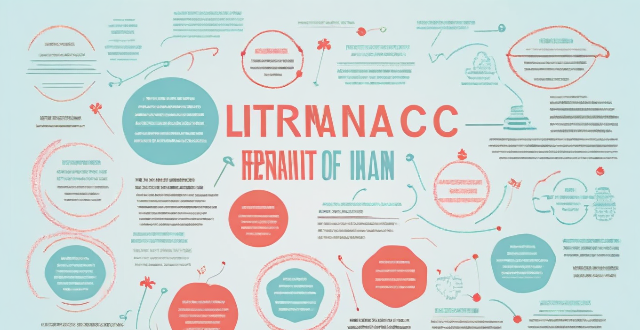Physical literacy is crucial for child development, enhancing cognitive, social, emotional, and physical dimensions of learning. It improves memory, attention, problem-solving skills, communication, cooperation, empathy, self-esteem, resilience, muscle strength, cardiovascular health, and reduces the risk of chronic diseases. Incorporating regular physical activity into children's daily routines promotes their overall growth and well-being.

Physical Literacy and Child Development
Physical literacy is a crucial aspect of child development that encompasses the ability to move with confidence, competence, and efficiency in a wide range of physical activities. It involves the integration of cognitive, social, emotional, and physical dimensions of learning, which are essential for a child's overall growth and well-being. In this article, we will explore the relationship between physical literacy and child development.
Cognitive Development
Physical literacy plays a significant role in enhancing cognitive development in children. Engaging in regular physical activity helps to improve memory, attention, and problem-solving skills. It also stimulates brain growth and promotes neural connections, leading to better academic performance.
Benefits of Physical Literacy on Cognitive Development:
- Improved memory and recall abilities
- Enhanced attention span and focus
- Better problem-solving skills
- Stimulated brain growth and neural connections
- Improved academic performance
Social Development
Physical literacy also contributes to social development by providing opportunities for children to interact with peers and adults in a variety of settings. Through team sports, games, and other physical activities, children learn valuable social skills such as communication, cooperation, and empathy. These skills are essential for building positive relationships and developing a sense of community.
Benefits of Physical Literacy on Social Development:
- Improved communication skills
- Increased cooperation and teamwork abilities
- Developed empathy and understanding of others
- Enhanced sense of belonging and community involvement
Emotional Development
Physical literacy has a positive impact on emotional development by promoting self-esteem, resilience, and mental health. Engaging in physical activities allows children to experience success, overcome challenges, and develop a sense of accomplishment. This, in turn, leads to increased self-confidence and a more positive outlook on life.
Benefits of Physical Literacy on Emotional Development:
- Increased self-esteem and confidence
- Developed resilience and ability to cope with challenges
- Improved mental health and well-being
- More positive outlook on life
Physical Development
Finally, physical literacy is directly related to physical development in children. Engaging in regular physical activity helps to strengthen muscles, bones, and cardiovascular systems. It also promotes healthy weight management and reduces the risk of chronic diseases such as obesity, diabetes, and heart disease.
Benefits of Physical Literacy on Physical Development:
- Strengthened muscles and bones
- Improved cardiovascular health
- Promoted healthy weight management
- Reduced risk of chronic diseases
In conclusion, physical literacy plays a vital role in child development by enhancing cognitive, social, emotional, and physical dimensions of learning. By incorporating regular physical activity into their daily routines, children can reap the numerous benefits associated with physical literacy and achieve optimal growth and well-being.